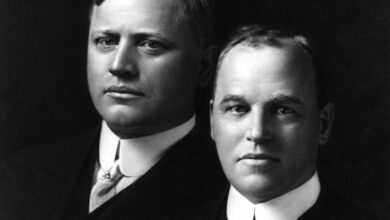6 Ways to Protect Your Vehicle from Road Damage

Bad road surfaces have the potential to do as much damage to a vehicle as any crash. They are also something you are more likely to experience, as crashes can generally be avoided by driving carefully.
Road damage most often refers to potholes and they are a major problem in modern America. Many states, including Rhode Island, Colorado, Illinois and Connecticut have upwards of 70% of road surfaces that are riddled with potholes.
The unevenness they create is what causes the damage and it can be a nightmare for drivers. However, you may not be able to fix the nation’s infrastructure, but you can take steps to protect your vehicle.
1. Keep the Tires Well Inflated

Tires are the most crucial part of the vehicle because they are the part that comes into contact with road surfaces. Tires that are inflated to the correct degree will be less impacted by potholes than ones that have too little pressure.
The latter are liable to suffer a blowout or a puncture if they hit a pothole. An all terrain Ridge Grappler tire will also provide greater protection against cracked or potholed roads because it is specifically designed to cope with all surfaces and is made of tougher rubber.
2. Ease off the Pace
It is never great to go over a pothole in your car, but doing so at higher speeds will cause a lot more damage. If you are aware that the road you are using is in poor condition, or spy potholes ahead while driving, slow down and maintain a steady pace until you reach a smoother surface.
Also, be aware that puddles of rain can conceal road damage!
3. Grip the Steering Wheel

Potholes occur when traffic levels are too high for the top and sub-base of the road to cope with the weight, usually in wet conditions, while excessive traffic or heat can lead to cracked surfaces. They are the two main forms of road damage, but you can protect your vehicle against both of them by maintaining a firm grip on the wheel.
That will prevent you from losing control of the vehicle when it hits bad road, ensuring you avoid collisions and damage to bodywork.
4. Do Not Brake
It is a little known fact that drivers in the US spend an average of $300 repairing damage caused by bad roads and it seems likely that a lot of that damage is also due to braking. It is a natural impulse to slam on the brakes when you see holes or damage in the road ahead, but doing so puts the suspension under more strain.
Slowing down but keeping the car moving is a much better way to negotiate them with an intact vehicle.
5. Keep to the Two Second Rule

This says that you should always have a distance of two seconds between your car and the one in front, and it is particularly important on bad roads. Maintaining that amount of distance will mean that you have the necessary reaction time to swerve if they hit a crack or a hole and struggle to keep control of their car.
6. Stop for Damage
Even if you follow all these steps, you may hear a noise that you do not like from your vehicle after going over a hole, bump or crack in the road. Never ignore it, because continuing to drive may aggravate the issue.
16 million motorists in the US experienced damage due to road surfaces from 2013 to 2018 and the annual repair cost is $3 billion, so you are certainly not alone. If you are on a tight budget, it is better to catch any damage before it gets more serious though.
Not enough is being done to repair roads in the US, so it is down to drivers to protect themselves against the worst effects.




